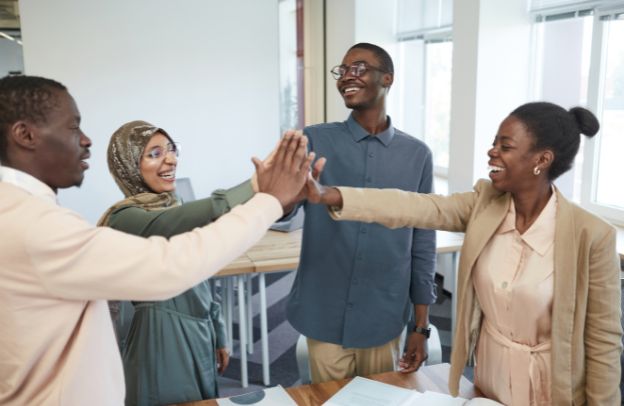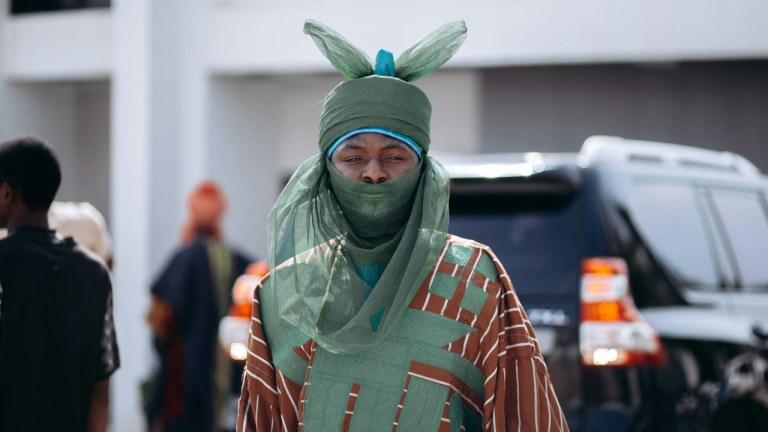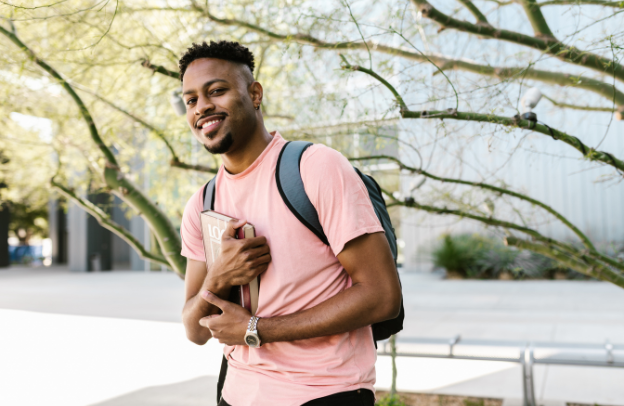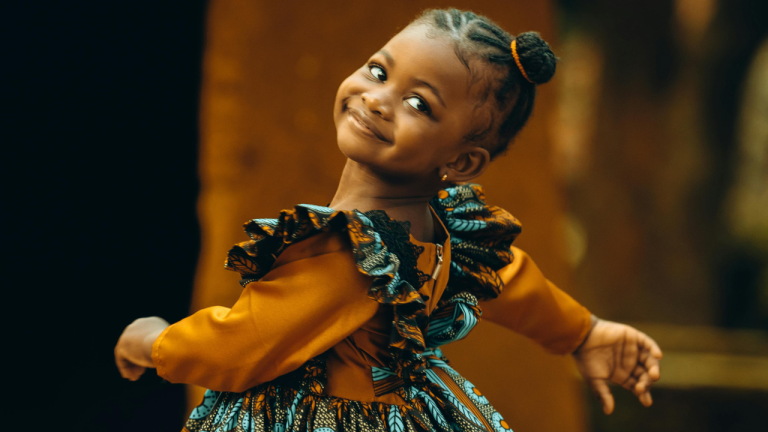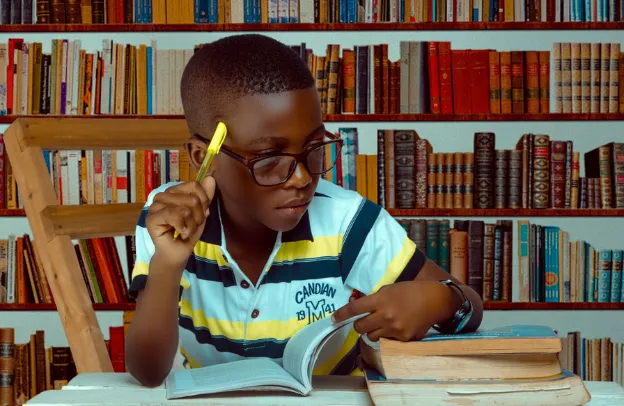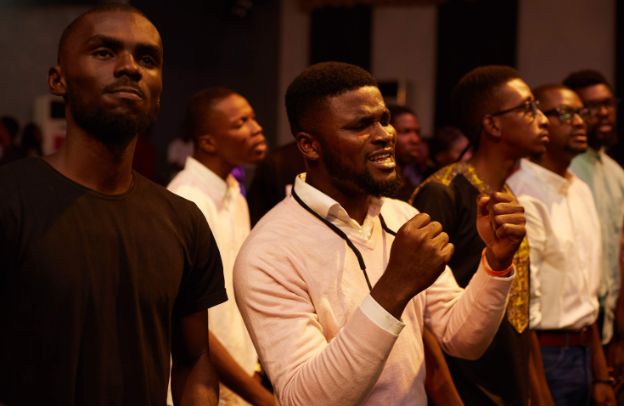From Memory to Mastery: Helping Children Learn and Retain More
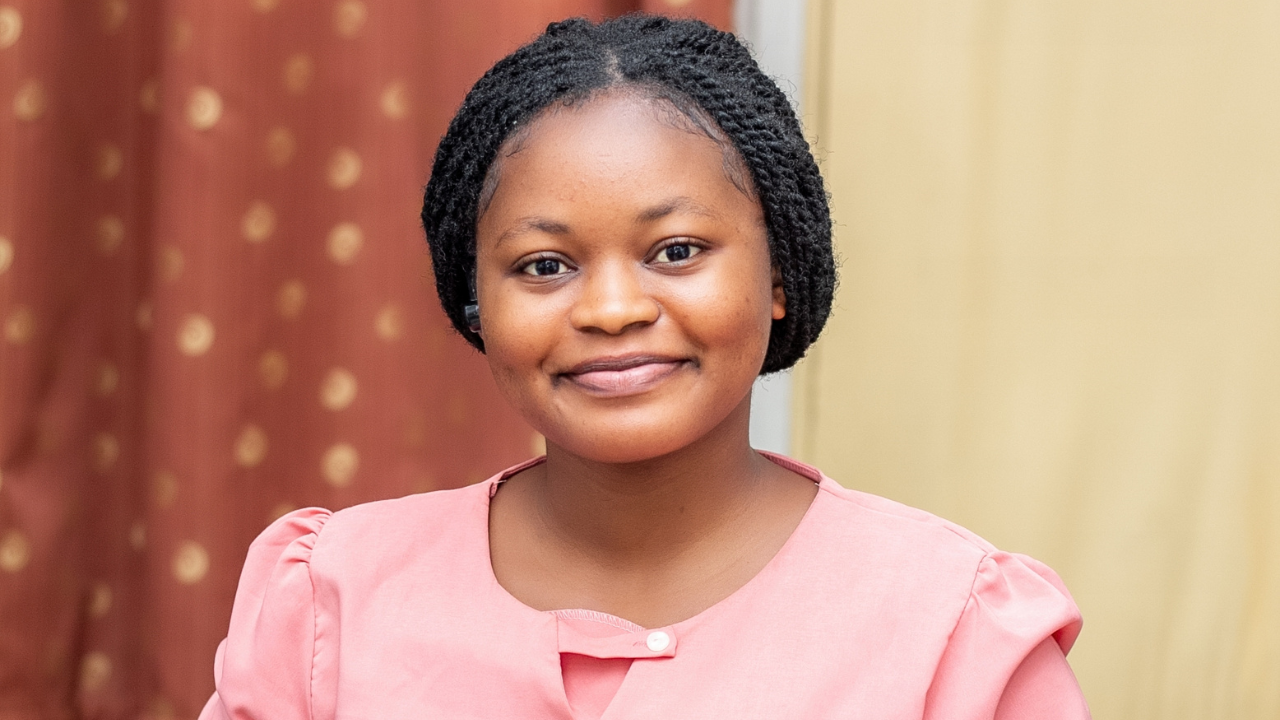
What if learning could be as exciting as listening to your grandmother’s stories or singing with your friends in front of the house? What if remembering things didn’t mean boring drills but dancing, storytelling, and games that stick in your mind like your favorite song? In African communities like Esanland in Nigeria, this is how learning has happened for generations. Learn
How to Leverage Your Story through our Story To Asset Framework.
Children learn about their history, values, and the world around them using memory, not just to pass tests but to become wise, kind, and confident members of society.
Memory is not just something in your head. It is something that lives in your heart and your culture. In this way, memory becomes a superpower, a bridge from knowledge to mastery. And if we use memory the African way, every child can learn more, remember more, and become more.
What Is Memory, Really?
Memory is more than just remembering. It’s how we know who we are, our name, our favorite song, the way home from school, or the story of how the tortoise outwitted the lion. Memory isn’t just something we have; it’s something we do. Like running or painting, memory is a skill, and the more we practice, the stronger it gets.
At its core, memory is our brain’s ability to learn something, store it, and bring it back when we need it. It shapes our personality, our sense of identity, our relationships, and our ability to move through the world with confidence. Without memory, learning can’t take root.
See also Strengthening Diaspora-Local Relations: How Group Tours Encourage Cultural Exchange
In many classrooms, children are asked to memorize facts. But true memory-building goes deeper. It happens when knowledge isn’t just repeated but lived—when students connect emotionally with what they learn, understand it, and know how to use it. That’s when learning turns into mastery. That’s when memory becomes a superpower.
The African Way: Memory Through Storytelling and Song
In Esanland and many other African communities, learning starts with a story. Children sit around their elders and listen to tales of brave hunters, clever animals, and strong queens. These stories are not just fun, they teach lessons about kindness, courage, honesty, and how to live.
In these moments, children use many parts of their brains. They listen. They imagine. They ask questions. Later, they retell the stories in their own words. Some may even act them out or sing them. This is called active memory. When learning is tied to emotion, imagination, and movement, it lasts much longer.
As the African proverb says, “Until the lion tells its tale, every story will glorify the hunter.” The proverb suggests that as long as only the hunter speaks, the lion’s experience remains untold—its strength, struggles, and wisdom ignored.
When children learn to remember, reflect, and tell their own stories, they become the narrators of their lives. And in doing so, they reclaim the power to shape how they are seen and understood.
Why Memory Matters in Education
Children today are surrounded by fast facts and digital screens. But fast learning doesn’t always mean deep learning. When children forget what they learn soon after, they feel frustrated and lose confidence. That’s where memory-building can help.
Memory helps students:
- Understand lessons more deeply.
- Remember ideas for longer.
- Speak clearly and confidently.
- Solve problems using wisdom from the past.
Just like a builder needs a strong foundation, a student needs a strong memory to build knowledge. And when we train memory using African methods, we don’t just build smarter students, we raise wiser children.
Learning Strategies Based on African Principles
African values like Ubuntu, “I am because we are”, teach that learning is not just personal; it is shared. When children learn together using memory games, storytelling, and song, they learn faster and support each other.
Here are a few ways memory-building can happen in schools:
- Story Circles: Students take turns telling a traditional story. Each person adds a part. This builds memory, creativity, and listening skills.
- Proverb of the Day: The teacher shares an African proverb like “Wisdom is like a baobab tree; no one individual can embrace it.” Students guess its meaning and try to use it in conversation.
- Call and Response: Just like in African drumming or church songs, teachers say something, and students respond. This rhythmic pattern helps memory stick.
- Memory Mapping: Children draw memory maps of their family stories, using pictures and words. This teaches history, language, and pride in their roots.
- Movement and Chant: Learning multiplication tables through clapping or dancing helps children remember better because the body and brain are working together.
These methods follow what researchers call multisensory learning—using sound, sight, touch, and movement to help the brain remember more. In fact, studies from the African Storybook Project show that oral storytelling improves literacy, especially when combined with drawing, acting, and singing.
Memory Builds Cultural Identity
Memory is not just for school. It is for life. When children remember their history, their culture, and their language, they grow up proud and strong. They know who they are, and that gives them power.
You might also like Shaping a Collaborative Vision for Future Generations Through the Role of Group Tourism
In Esan tradition, memory is passed through names, songs, and family tales. A child might be told, “You are named after your grandfather, who was a wise healer.” That story becomes part of who they are. Every time they hear it, their roots grow deeper.
The African value of Sankofa, from the Akan people of Ghana means “go back and fetch it.” It teaches us to look to the past to guide the future. By teaching memory in schools, we help children “fetch” their identity and use it to grow into leaders.
Why Every School Should Teach Memory
All schools teach reading and math. But what if they also taught memory? Not boring memorization, but joyful memory-building using stories, songs, games, and culture.
Memory training helps all students, especially those who struggle in traditional classrooms. It gives them tools to remember better, speak up more, and feel smart.
It also helps teachers. When lessons are taught through rhythm, repetition, and storytelling, children stay focused and excited. Teachers can use simple tools like:
- Local folktales
- Group games like “Repeat the Proverb”
- Songs in the mother tongue
- Drawing family memory trees
These don’t cost money, but they are rich in meaning.
From Memory to Mastery: A Journey of Hope
A child who remembers her grandmother’s story learns more than words, she learns wisdom. A boy who chants his multiplication with his classmates gains more than numbers; he gains confidence. A student who shares a proverb from home becomes a teacher to others.
Memory connects learning to living. It turns knowledge into mastery and students into storytellers, leaders, and keepers of culture.
Educators, parents, and communities have a role to play. Let’s bring memory back to the classroom, not as something old, but as something powerful and new.
Because when children remember who they are, they learn everything better. And when schools unlock the power of memory, they unlock the power of every child.
Learn How to Leverage Your Story through our Story To Asset Framework.

